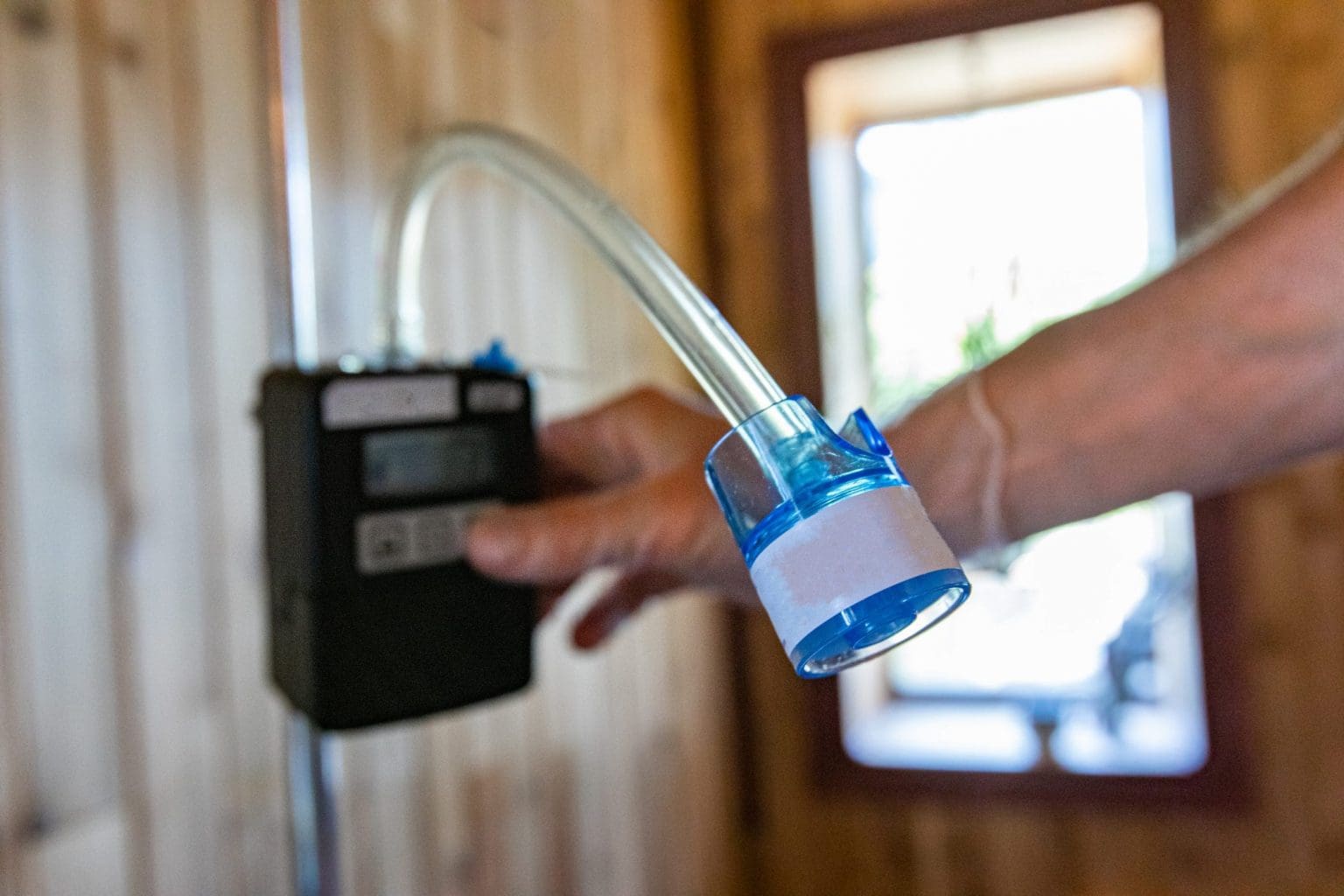Mold Testing And The Accuracy of Air Mold Tests
Let's learn about mold air testing and why it's important. Imagine that your home is like a big puzzle, and sometimes tiny things called mold can be a part of it. Mold is a type of microscopic organism that can float in the air or grow on surfaces. It can harbor various harmful germs and allergens. Additionally, it has a distinct smell that can spread throughout your indoor environment and make you sick. That's why you need air mold testing services, it is like detectives trying to figure out if there's too much mold around.
They use special tools to check the air and surfaces in your home. This helps them understand if there's a lot of mold and what types are hanging around. If the mold is too much and you can't handle it yourself, you need mold remediation services. These are experts who know all about mold and can help make sure your home stays a healthy and happy place! They might use gadgets to take tiny samples from the air or surfaces, and then they check what's there. It's like a mold checkup for your home!
How Mold Testing Works?
Mold testing helps us determine the presence of mold in our homes, both in the air we breathe and on surfaces. Specialized machines are used to collect mold samples from the air, allowing us to identify the types of mold present and their concentrations. Professional mold testing services can perform these tests for us. If you want to do it yourself, here is the guide on how you can test the air quality in your home or office.
Using specific tools, these services collect samples and then analyze them to determine the amount of mold present. It's important to note that some levels of mold are normal, but excessive amounts can be harmful. If you suspect there is a significant amount of mold in your home, it's advisable to seek help from experts in mold testing. They can help ensure our homes remain healthy and safe.
Related: How To Test Your House For Mold?

How Air Samples Are Collected
To determine the presence of mold in the air, a special testing method called air sampling is utilized. Think of it as capturing tiny snapshots of the air to identify any airborne mold particles. A specialized device is used to collect these microscopic mold particles from the air, enabling us to identify the types of molds present and their concentrations. However, it's important to note that the test's accuracy can vary based on the airflow speed and the placement of the sampling device. Here you can find more information about air quality testing and purification.
Consider it akin to taking a clear picture of your room to fully understand the mold story. If you suspect a significant mold presence in your living space, it's advisable to seek professional mold inspection and testing. Professionals can use air sampling and other techniques to assess the mold levels effectively. You should consult with experts to locate and understand mold, essentially having a mold detective to ensure a healthy and happy home!
Related: 10 Tips To Improve Indoor Air Quality In Bedroom?
How Surface Samples Are Collected
Surface sampling involves collecting small samples from various areas of your home using a specialized tool. This could be a bit of dust or material from surfaces where mold might be lurking, such as walls or floors. These samples are then analyzed to determine the presence of mold and its type, helping to assess whether there's an excessive mold problem in your home.
Similar to detectives gathering clues, mold inspection and testing through surface sampling can reveal if mold is growing on walls or furniture. This method allows people to determine whether their home is mold-free or if remedial action is needed. Excessive mold can sometimes lead to health issues, so it's crucial to understand the situation and take appropriate measures.

What Are Culture Plates Used For?
Culture plates are specialized dishes that scientists use to detect mold. These plates are placed in the air in areas suspected of having mold. Over time, if mold is present in the air, it will settle on the plate and begin to grow. Scientists then examine the mold colonies that develop and count them to identify the types of mold present.
Culture plates are one method used in mold inspection and testing. They help determine the presence of mold in the air and identify the specific types of mold present. This information is valuable for understanding potential airborne contaminants that could negatively affect indoor air quality. By using culture plates, scientists can gain a better understanding of the air quality in homes, ensuring a healthier living environment.
Interpreting Results
When you get the results from a mold test, it's like getting a report card for the air in your home. The report card tells us if any mold spores are hanging out in the air. Sometimes, it's okay to have a little bit of mold because mold is everywhere. But too much mold can be like having too many guests at a party—it can cause problems. If the report card shows a lot of mold, it might mean we need to do something about it. If you see mold on the report card, it doesn't mean you're in big trouble right away.
It's like finding out your room is messy—you just need to clean up a bit. You might need mold inspection and removal companies to help. They can check things out and help clean up the mold so the air in your home stays healthy. It's important to clean up the mold so everyone can breathe easily!
Related: How To Improve Air Quality in House?
Factors That Can Influence Accuracy
Several factors can influence the accuracy of mold testing in the air. One key factor is the airflow within your home.
If the air doesn't circulate well, the mold may not reach the testing area. The time of day when the test is conducted also matters, as mold levels can vary between morning and afternoon. Additionally, the location of the test is crucial; placing it in an area where mold is unlikely to grow may result in inconclusive results. Keep in mind that mold testing in Indiana may differ from testing in other locations.
Professional Consultation
If you think there might be mold in your home, it's a good idea to consult with a professional mold remediation expert. They have professional mold testing equipment to check mold problems. A professional mold inspector knows how to find and remove mold. These mold inspectors use special tools to take samples of the air or surfaces in your home.
They then look at these samples carefully to see if there's mold and how much of it is there. If they find mold, they will give you the right path to fix it. So, if you see mold or smell something funny must call in a mold inspector for professional mold testing!
Conclusion
Checking for mold in homes is like detective work for invisible clues. Scientists use air tests and surface tests to find mold hiding in the air or on surfaces. But these tools have tricks—they work better in some situations than in others. Mold tests can't tell us everything about the whole story.
When people find mold, they call for help from experts who are like mold busters. Mold remediation services know how to clean up the mold mess and make homes healthy again. So, if you think there's a mold mystery in your home, it's smart to ask the mold busters for help!
Related: 5 Ways to Improve Indoor Air Quality and Eliminate Mold


